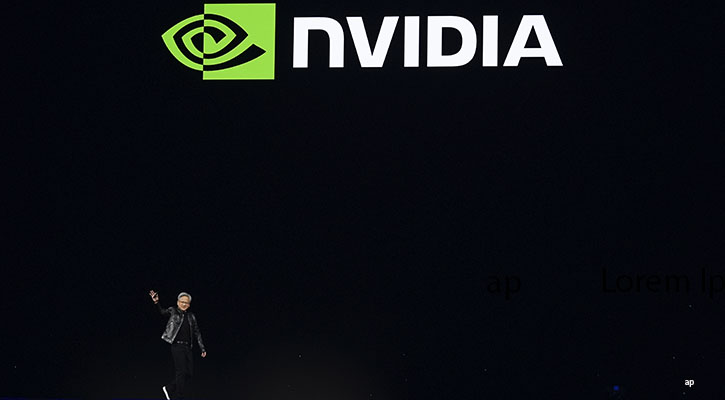The Morningstar approach to options is focused on using fundamentals to determine both the value of companies and the value of the uncertainty on those companies. However, just as a fundamental stock investor is still interested in understanding the drivers of the movements of the stock market as a whole, option investors are interested in understanding the movement of the option markets as a whole. The weekly Morningstar volatility report will discuss drivers of the changes in different measures of implied volatility during the trailing week.
Broad market uncertainty
Trailing one month realised volatility of the S&P 500 rose to 16, up from 14% one weak ago and 10.5% two weeks ago as the S&P 500 declined by another 2%, following a 2.3% drop the week earlier. The decline can be attributed to a mix of conflicting factors, including fear of additional regulation of bank risk taking, earnings of companies reporting this week not living up to high expectations, and concerns over financial distress of Greece and its impact on the European Union.
This is offset by better-than-expected US GDP results, approval of Federal Reserve chairman Ben Bernanke for a second term, and continuation of Fed language committing to keep interest rates near zero for an extended period. In aggregate, the market considers these offsetting concerns to be less uncertain than the end of last week, as the index of implied volatility on the S&P 500 (VIX) fell by 4 percentage points to 23.7% Prior to the recent bout of concerns, the VIX had slowly decayed from its 2009 market crash highs north of 80% to close two weeks ago at 17.9%. The VIX oscillated throughout the week, as offsetting reports rolled in, down more than 5 percentage points at one point.
Small stock uncertainty
The spread between implied volatility on the Russell 2000 index of small stocks (RVX) and the VIX index of implied volatility on the large-cap Standard and Poor's 500 closed the week at 3.3 percentage points, flat from a week earlier, placing the RVX at 27.84%. The spread between the uncertainty regarding the short-term share price of small stocks versus that of large stocks had fallen from an April high of more than 12 percentage points when greater uncertainty about the ability of small stocks to obtain financing during the credit crisis drove small stock implied volatilities far above the then high implied volatility for large stocks. During this week, the concerns that affected large-cap stocks affected small-cap stocks as well, and the spread remained relatively constant, suggesting that the offsetting factors were expected to affect small and large stocks equally.
Tech stock uncertainty relative to the market
The spread between implied volatility on the Nasdaq 100 companies (VXN) relative to the VIX has remained near zero for the past year. The spread started the week at 1.8 percentage points, and fell to 0.8 percentage points, before rising again to 1.1 percentage points. It is becoming clear that the market believes uncertainty around mature tech companies and the 500 large-cap is roughly equivalent. The VXN closed Friday at 25.7%, just 1.1 percentage points greater than the VIX.
Uncertainty about next quarter vs. this quarter
The spread between the implied volatility of the three-month options on the S&P 500 index (VXV) relative to the implied volatility of the one-month options represented by the VIX rose this week by 2 percentage points to 74 basis points, reversing from a negative 1.4% and thereby ending its brief foray into negative territory since March of last year. This reversal indicates that the market expects news regarding the drivers of uncertainty three months out to have a greater impact on the market than current concerns will have during the next month.
The spread between longer-dated three-month options and short-dated one-month options is a measure of the expectations for future uncertainty about the market, relative to current uncertainty, looking out one quarter into the future. The VXV closed the week at 25.3%. For reference, during the banking crisis at the end of 2009 and the beginning of 2010, volatility was expected to fall significantly, and the VXV fell to more than 23 percentage points below the VIX.
Expected correlation
The S&P 500 implied correlation index (JCJ) measures the expected correlation between the stocks in the S&P 500 until January of 2011. The JCJ fell back to 62.8%, close to its value from two weeks ago, after closing last week 3.4 percentage points higher, indicating that the new sources of uncertainty for this week are expected to have more varied effects across the 500 large-cap companies until the beginning of next year.










.jpg)












